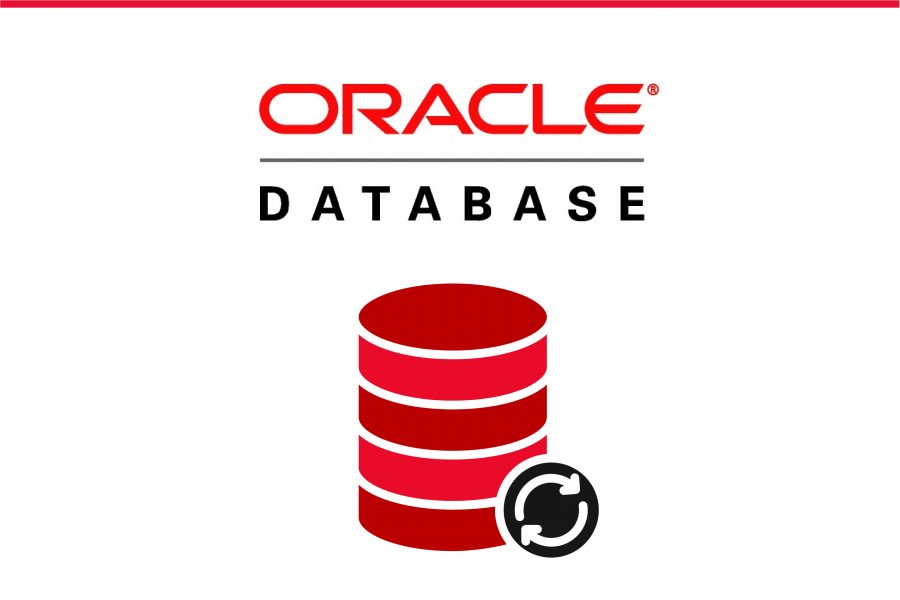- Replies:
- 0
- Words:
- 6256







pom.xml<dependencies>
<!-- Struts core framework -->
<dependency>
<groupId>org.apache.struts</groupId>
<artifactId>struts2-core</artifactId>
<version>${struts.version}</version>
</dependency>
<!-- Oracle JDBC driver -->
<dependency>
<groupId>com.oracle.database.jdbc</groupId>
<artifactId>ojdbc8</artifactId>
<version>${oracle.jdbc.version}</version>
</dependency>
<!-- Kubernetes client (optional) -->
<dependency>
<groupId>io.fabric8</groupId>
<artifactId>kubernetes-client</artifactId>
<version>${fabric8.version}</version>
</dependency>
</dependencies>docker run -d --name oracle-dev \
-p 1521:1521 \
-e ORACLE_PWD=DevPass123 \
gvenzl/oracle-xe:latestlocalhost:1521, with the default PDB named XEPDB1 and password DevPass123.
oracle-dev.propertiessrc/main/resources:
db.driver=oracle.jdbc.OracleDriver
db.url=jdbc:oracle:thin:@localhost:1521/XEPDB1
db.user=system
db.password=DevPass123
db.validationQuery=SELECT 1 FROM DUALProperties props = new Properties();
props.load(getClass().getResourceAsStream("/oracle-dev.properties"));
Class.forName(props.getProperty("db.driver"));
Connection conn = DriverManager.getConnection(
props.getProperty("db.url"),
props.getProperty("db.user"),
props.getProperty("db.password")
);
// Optionally test query
try (Statement stmt = conn.createStatement()) {
stmt.executeQuery(props.getProperty("db.validationQuery"));
}kubectl create configmap oracle-config \
--from-literal=DB_URL=jdbc:oracle:thin:@oracle-svc:1521/ORCLPDB1 \
--from-literal=DB_DRIVER=oracle.jdbc.OracleDriver \
--from-literal=DB_VALIDATION_QUERY=SELECT+1+FROM+DUAL
kubectl create secret generic oracle-secret \
--from-literal=DB_USER=produser \
--from-literal=DB_PASSWORD=ProdPass456oracle-prod.propertiesdb.driver=${DB_DRIVER}
db.url=${DB_URL}
db.user=${DB_USER}
db.password=${DB_PASSWORD}
db.validationQuery=${DB_VALIDATION_QUERY}Your helper code remains unchanged—values are picked up from environment at runtime.
env:
- name: DB_DRIVER
valueFrom:
configMapKeyRef:
name: oracle-config
key: DB_DRIVER
- name: DB_URL
valueFrom:
configMapKeyRef:
name: oracle-config
key: DB_URL
- name: DB_VALIDATION_QUERY
valueFrom:
configMapKeyRef:
name: oracle-config
key: DB_VALIDATION_QUERY
- name: DB_USER
valueFrom:
secretKeyRef:
name: oracle-secret
key: DB_USER
- name: DB_PASSWORD
valueFrom:
secretKeyRef:
name: oracle-secret
key: DB_PASSWORDpublic class DbCheckAction extends ActionSupport {
public String execute() {
String url = System.getenv("DB_URL");
String user = System.getenv("DB_USER");
String pass = System.getenv("DB_PASSWORD");
String validation = System.getenv("DB_VALIDATION_QUERY");
try (Connection conn = DriverManager.getConnection(url, user, pass);
Statement stmt = conn.createStatement()) {
stmt.executeQuery(validation);
addActionMessage("OracleDB connected successfully!");
return SUCCESS;
} catch (Exception e) {
addActionError("Connection error: " + e.getMessage());
return ERROR;
}
}
}.properties
image quote pre code